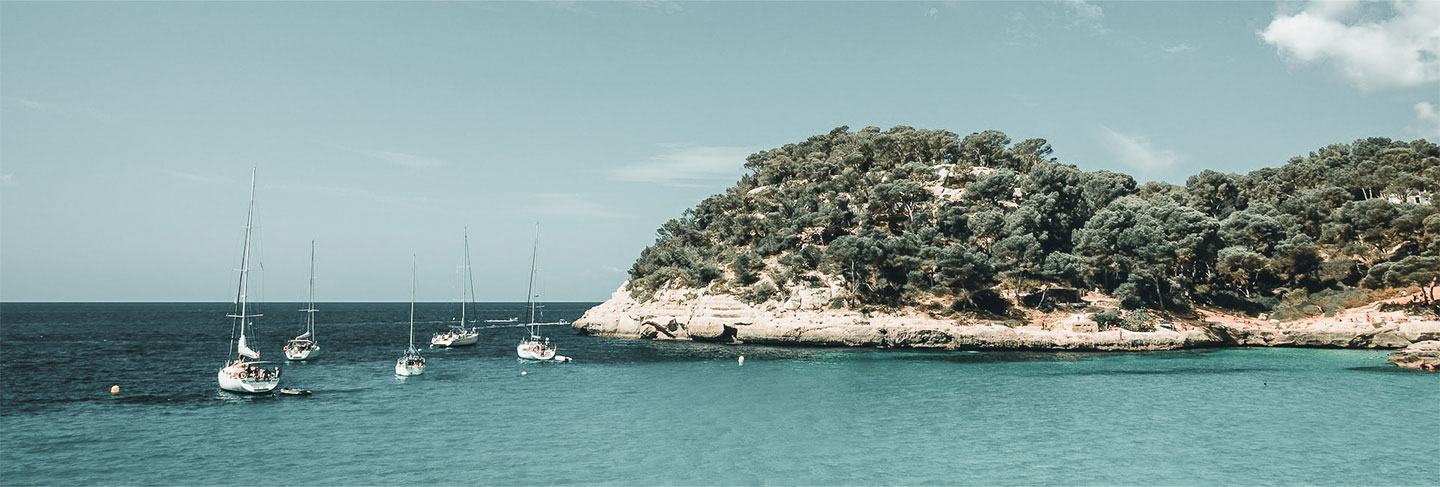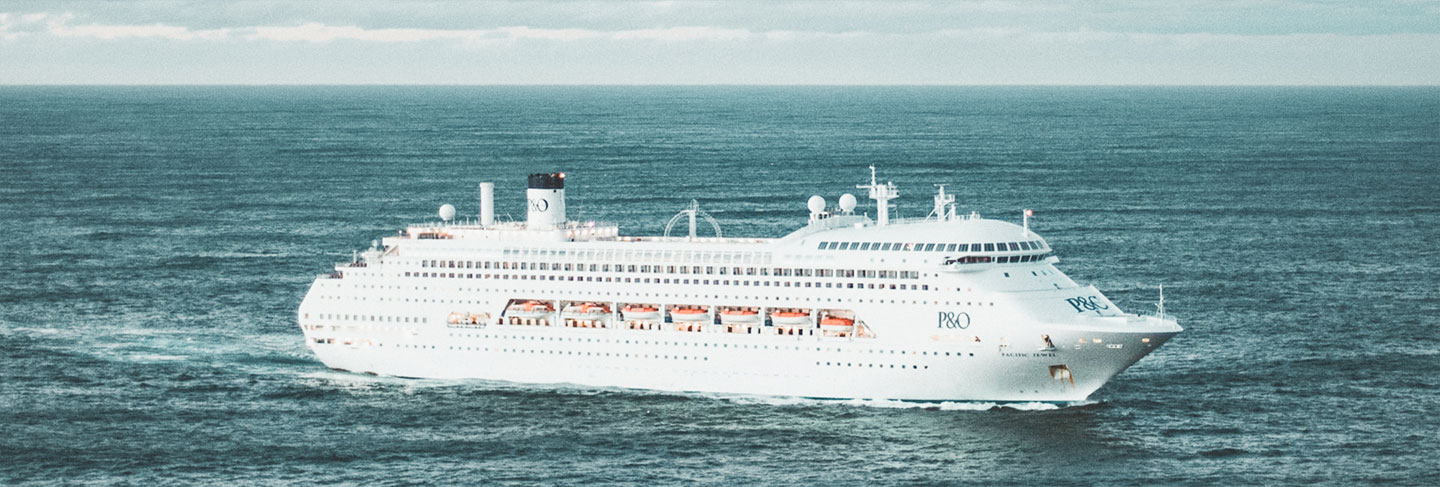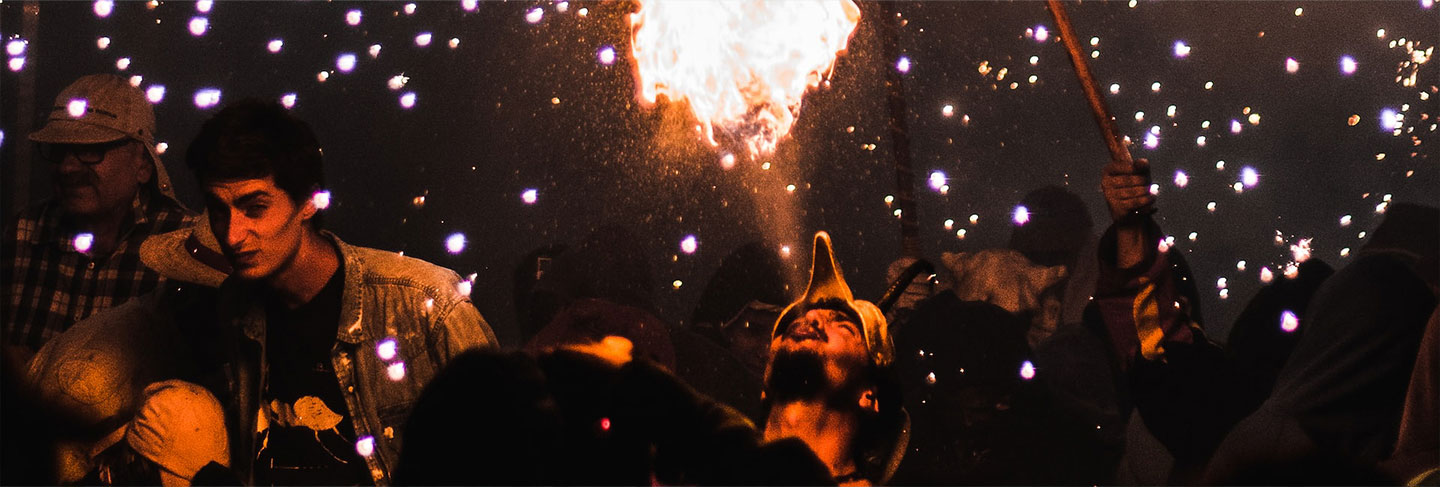- For EU residents, a valid ID or passport is sufficient to enter the Balearic Islands.
- The two official languages of the region are Catalan and Castilian (Spanish).
- Generally, the streets come alive mid-morning and until 3pm, when the Spanish have their lunch break. The activity picks up again around 5pm after the siesta and does not end until late in the evening.
- On the Balearic motorways, the maximum speed limit is 110 km/h.
- In some places (especially in rural areas) the roads are very narrow and winding. In the Serra de Tramuntana in Mallorca, some parts of the road are driven at 40-50 km/h, and even 15-20 km/h on the slip roads leading down to the coves. Be careful!
Many low-cost airlines offer cheap flights to Menorca, Ibiza and Mallorca with or without a stopover. For example, you can reach Palma in two hours from Paris and two and a half hours from London. Be aware that travelling by plane means you will need to hire a car once you arrive. However, there are plenty of car rental options in the Balearic Islands.
Note: it is possible to travel by plane between the islands with a relatively short flight time. Moreover, the frequency of flights is greater between April and October than during the rest of the year: some low-cost airlines do not offer any flights outside the high season.
Another good option for getting to the Balearics is by ferry. To do this, you first drive to Barcelona and then board the ferry with your car, which will take you to the port of Ibiza in about nine hours.
There are also a number of ferries that run between islands in record time. For example, the journey from Ibiza to Formentera (the only island not accessible by plane) takes only 30 minutes.
Although it varies significantly between each island, the climate is generally Mediterranean: the summer is hot and dry and the winter rather mild. Beware, however: Menorca and the north of Mallorca have a more temperate climate, with some rainfall and exposure to the prevailing winds. On the other hand, Ibiza, Formentera and the south of Mallorca have a sub-desert climate, very sunny with very little rain.
Generally, the best time to visit the Balearics is between April and November. However, those who like cultural visits, tranquillity and hiking prefer the months of April-June and September-November. On the other hand, those who like to spend time relaxing and partying usually opt for the high season between July and August.
Whether it is in honour of the patron saints, the Virgin Mary or to commemorate historical events, there is a jubilant atmosphere at every village festival.
The feast of San Jaume (Saint John), on 23 or 24 June, is one of the most important for the inhabitants of the Balearic Islands. However, depending on which island you are on, the traditions differ. In Mallorca, demons (dimonis) walk around the city of Palma with torches in a theatrical display known as a correfoc - fire run - with locals running beneath the falling sparks of the firework torches. The locals join in with the rhythm of the drums. The Mallorcans then gather on the beaches and dance the night away around large bonfires. This tradition is much the same in Ibiza and Formentera, but it does not have the same cultural value. In Menorca, on the day of San Jaume, riders proudly mounted on their horses parade through the streets of the town of Ciutadella and perform stunts with their horses.
Holy Week is also an important event in the Balearic Islands as it is on the Spanish mainland. The festival begins in the middle of April with Palm Sunday, which celebrates the arrival of Christ in Jerusalem. The week continues with Ash Wednesday, Holy Thursday (which commemorates Jesus' last supper with the apostles and his arrest) and Good Friday. Throughout the week, life comes to a standstill and is replaced by processions, often formed by church congregations marching in large hats carrying wooden panels depicting scenes from the Bible. This religious festival is also a major cultural event attended by both believers and non-believers.
In addition to these two events, the Balearic Islands host many festivities. During the high season, between July and August, they take place every week, especially in Mallorca. These fiestas are generally places for sharing, getting together and having fun: the ideal way to spend unforgettable evenings with the whole family.


